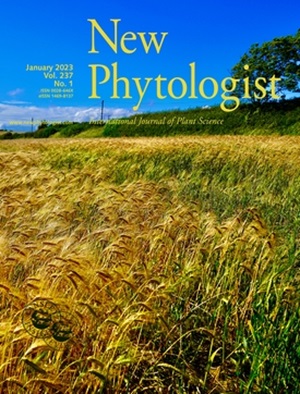Tiny but mighty? Overview of a decade of research on nectar bacteria
IF 8.3
1区 生物学
Q1 PLANT SCIENCES
引用次数: 0
Abstract
An emerging focus of research at the intersection of botany, zoology, and microbiology is the study of floral nectar as a microbial habitat, referred to as the nectar microbiome, which can alter plant–pollinator interactions. Studies on these microbial communities have primarily focused on yeasts, and it was only about a decade ago that bacteria began to be studied as widespread inhabitants of floral nectar. This review aims to give an overview of the current knowledge on nectar bacteria, with emphasis on evolutionary origin, dispersal mode, effects on nectar chemistry and plant–animal interactions, community assembly, agricultural applications, and their use as model systems in ecological research. We further outline gaps in our understanding of the ecological significance of these microorganisms, their response to environmental changes, and the potential cascading effects.求助全文
约1分钟内获得全文
求助全文
来源期刊

New Phytologist
生物-植物科学
自引率
5.30%
发文量
728
期刊介绍:
New Phytologist is an international electronic journal published 24 times a year. It is owned by the New Phytologist Foundation, a non-profit-making charitable organization dedicated to promoting plant science. The journal publishes excellent, novel, rigorous, and timely research and scholarship in plant science and its applications. The articles cover topics in five sections: Physiology & Development, Environment, Interaction, Evolution, and Transformative Plant Biotechnology. These sections encompass intracellular processes, global environmental change, and encourage cross-disciplinary approaches. The journal recognizes the use of techniques from molecular and cell biology, functional genomics, modeling, and system-based approaches in plant science. Abstracting and Indexing Information for New Phytologist includes Academic Search, AgBiotech News & Information, Agroforestry Abstracts, Biochemistry & Biophysics Citation Index, Botanical Pesticides, CAB Abstracts®, Environment Index, Global Health, and Plant Breeding Abstracts, and others.
 求助内容:
求助内容: 应助结果提醒方式:
应助结果提醒方式:


